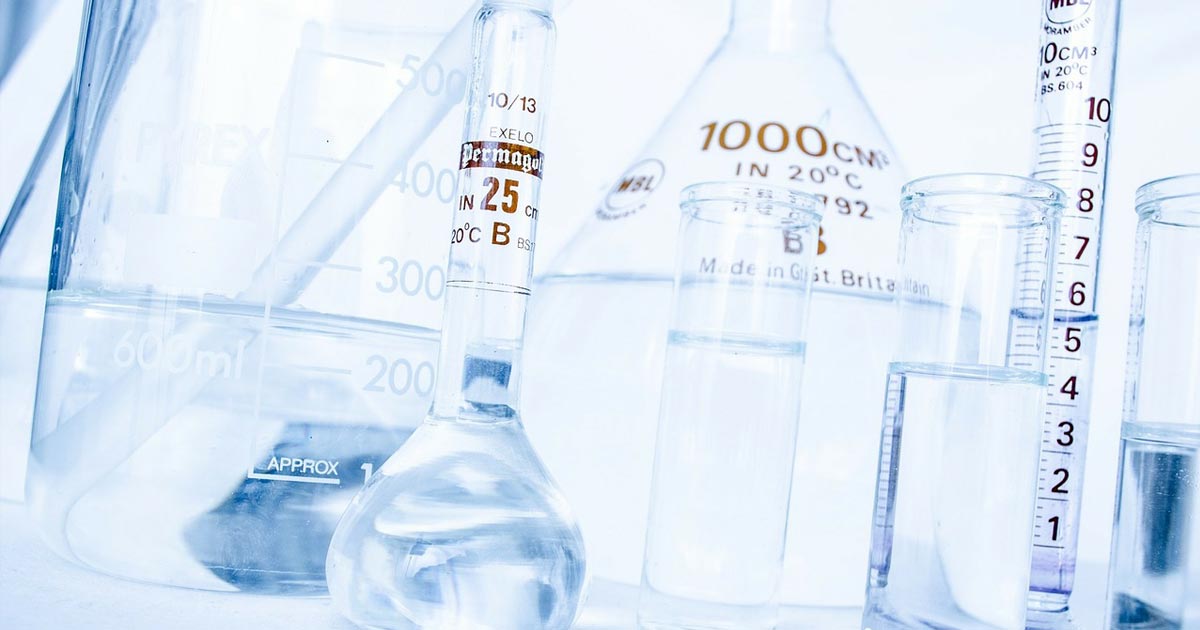What the Heck are Phosphates?

Earlier this summer we had mentioned in our blog about algae that if you are still having cloudy water issues, you may have phosphates. If your water chemistry is balanced (pH and alkalinity in range), but still suffer from rapid loss of chlorine and cloudy water, you may have a high phosphate reading. This can cause problems.
What the heck are phosphates, you ask?
Phosphates are described as one of the most common elements on earth and are essential to life. They are found “naturally in food, water, and even human bodies.” Phosphates can be introduced into your pool water by rain runoff, dirt, soil, bird, and animal droppings, or decaying organisms. Also, through the tap water that we use to fill our pools. Phosphates are essential to all life, even algae life, and you cannot escape them. But, they are considered a high-powered fertilizer for algae and can eat up your chlorine. Therefore, it’s essential to maintain and monitor the levels of phosphates in your pool.
How do you maintain a high phosphate issue?
Keep your water balanced, maintain your sanitizer levels, shock weekly, and use an algaecide. But, don’t be mistaken! You can have a high level of phosphates in your water, without affecting the chlorine levels. And, although it’s not going to cure algae issues, it will remove one contributor to the problem.
How do you know your phosphate level?
You can bring a sample of your water down to Dolphin Pool & Spa, and we will test it, free of charge, to determine if you have levels of phosphates that will cause issues. We also carry a variety of phosphate removers, such as BioGuard’s Pool Tonic and Sea Klear’s Commercial Phosphate Remover.
Want to learn more about phosphates?
Watch Dolphin Pool & Spa’s YouTube video on phosphates here: